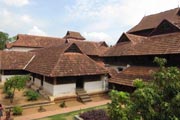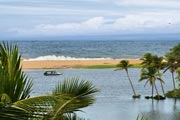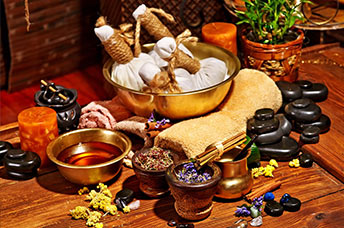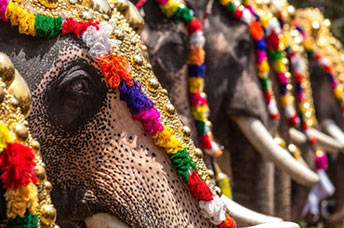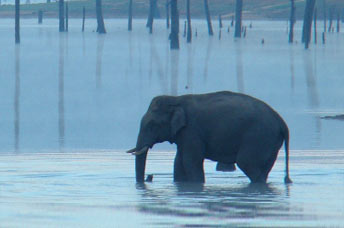The capital of Kerala and seat of the former Travancore kings, the city’s trading history dates back to around 1000 BCE when the ships of Solomon were said to have called at the port of Ophir (now Poovar) here for spices, ivory and sandalwood.
Towards the southernmost tip of the state and the country, Thiruvananthapuram is spread across seven hills and is today a modern city that combines ancient palaces and temples, contemporary software parks and engineering, wide avenues and lots of greenery. A popular tourist destination in itself, Thiruvananathapuram, is also the gateway to the famous international tourist beach in Kovalam.






